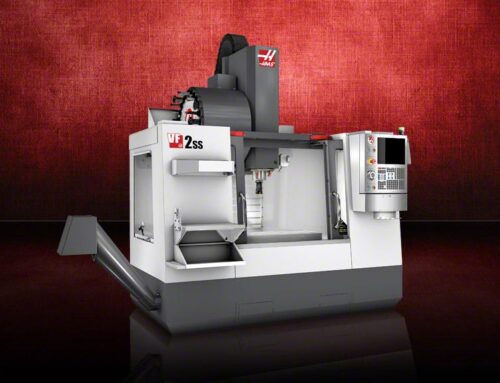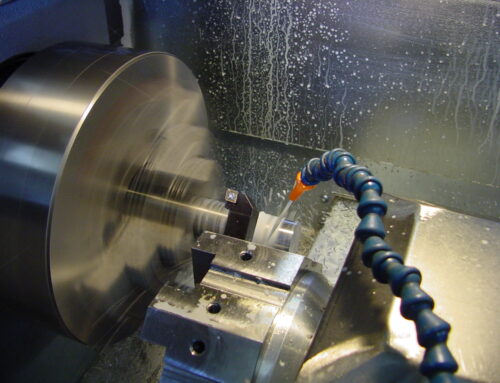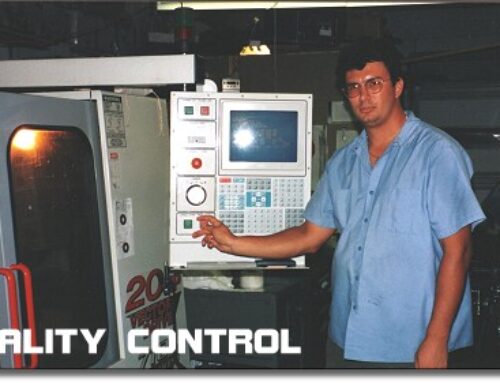Threading: both standard and non-standard screw threads can be turned on a lathe using an appropriate cutting tool. Either externally, or within a bore. Generally referred to as single-point threading. All types of external and internal thread forms using a single point tool.
Broaching is a machining process that uses a toothed tool, called a broach, to remove material. There are two main types of broaching: linear and rotary. In linear broaching, which is the more common process, the broach is run linearly against a surface of the workpiece to effect the cut.
High-speed steel (HSS or HS) is a subset of tool steels, commonly used in tool bits and cutting tools. This property allows HSS to cut faster than high carbon steel, hence the name high-speed steel
Cemented carbide, also called widia, is a hard material used in machining tough materials such as carbon steel or stainless steel, as well as in situations where other tools would wear away, such as high-quantity production runs. Most of the time, carbide will leave a better finish on the part, and allow faster machining. Carbide tools can also withstand higher temperatures than standard high speed steel tools.
A prototype is an early sample, model or release of a product built to test a concept or process or to act as a thing to be replicated or learned from. It is a term used in a variety of contexts, including semantics, design, electronics, and software programming. A prototype is designed to test and trial a new design to enhance precision by system analysts and users. Prototyping serves to provide specifications for a real, working system rather than a theoretical one.
Welding is a fabrication or sculptural process that joins materials, usually metals orthermoplastics, by causing coalescence. This is often done by melting the workpieces and adding a filler material to form a pool of molten material (the weld pool) that cools to become a strong joint, with pressure sometimes used in conjunction with heat, or by itself, to produce the weld. This is in contrast with soldering and brazing, which involve melting a lower-melting-point material between the workpieces to form a bond between them, without melting the workpieces.
Tungsten Inert Gas (TIG) welding, is an arc welding process that uses a non-consumable tungsten electrode to produce the weld. The weld area is protected from atmospheric contamination by an inert shieldin gas(argon or helium), and a filler metal is normally used.
Machine Shop – workshop where metal is cut and shaped etc., by machine tools workshop, shop – workplace where handcrafts or manufacturing are done in which machine tools are operate.
Machining is any process in which a cutting tool is used to remove small chips of material from the workpiece (the workpiece is often called the “work”). To perform the operation, relative motion is required between the tool and the work. This relative motion is achieved in most machining operation by means of a primary motion, called “cutting speed” and a secondary motion called “feed”. The shape of the tool and its penetration into the work surface, combined with these motions, produce the desired shape of the resulting work surface.
Feeds and Speeds refers to two separate velocities in machine tool practice, cutting speed and feed rate. They are often considered as a pair because of their combined effect on the cutting process.
Cutting speed (also called surface speed or simply speed) is the speed difference (relative velocity) between the cutting tool and the surface of the workpiece it is operating on.
Feed rate (also often styled as a solid compound, feedrate, or called simply feed) is the relative velocity at which the cutter is advanced along the workpiece; its vector is perpendicular to the vector of cutting speed.
Spindle is a rotating axis of the machine, which often has a shaft at its heart. The shaft itself is called a spindle, but also, in shop-floor practice, the word often is used metonymically to refer to the entire rotary unit, including not only the shaft itself, but its bearings and anything attached to it (chuck, etc.).
Stainless steel does not readily corrode, rust or stain with water as ordinary steel does, but despite the name it is not fully stain-proof, most notably under low oxygen, high salinity, or poor circulation environments. There are different grades and surface finishes of stainless steel to suit the environment the alloy must endure. Stainless steel is used where both the properties of steel and resistance to corrosion are required.
Aluminium is remarkable for the metal’s low density and for its ability to resist corrosion due to the phenomenon of passivation. Structural components made from aluminium and its alloys are vital to the aerospace industry and are important in other areas of transportation and structural materials. The most useful compounds of aluminium, at least on a weight basis, are the oxides and sulfates.
Steel is an alloy of iron and a small amount of carbon. Carbon is the primary alloying element, and its content in the steel is between 0.002% and 2.1% by weight. Additional elements may also present in steel: manganese, phosphorus, sulfur,silicon, and traces of oxygen, nitrogen and aluminium.
Alloy steel is steel to which additional alloying elements have been intentionally added to modify the characteristics of steel. Common alloying elements include: manganese, nickel, chromium, molybdenum, boron, titanium, vanadium and niobium.
Brass is an alloy made of copper and zinc; the proportions of zinc and copper can be varied to create a range of brasses with varying properties. Brass is a substitutional alloy. It is used for decoration for its bright gold-like appearance; for applications where low friction is required such as locks, gears, bearings, doorknobs, ammunition casings and valves; for plumbing and electrical applications; and extensively in musical instruments such as horns and bells for its acoustic properties..
Bronze is an alloy consisting primarily of copper, usually with tin as the main additive. It is hard and tough, and it was so significant in antiquity that the Bronze Age was named after the metal.




